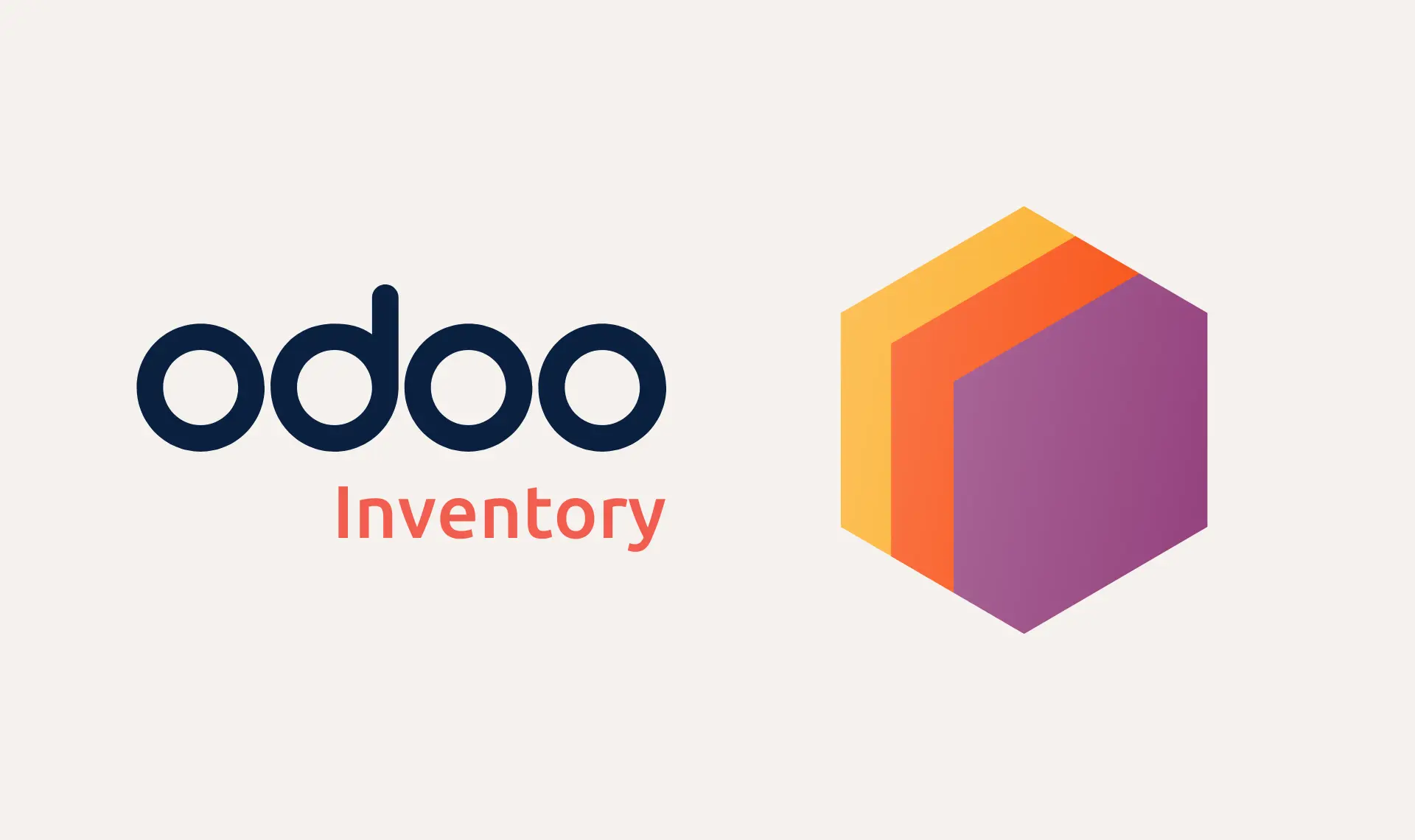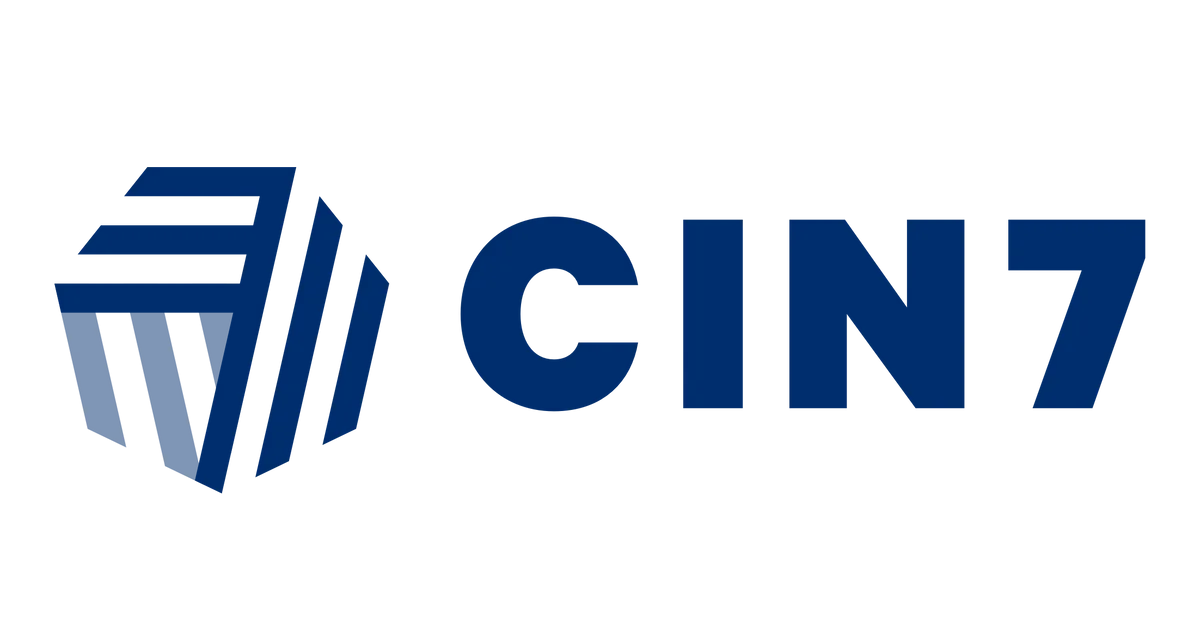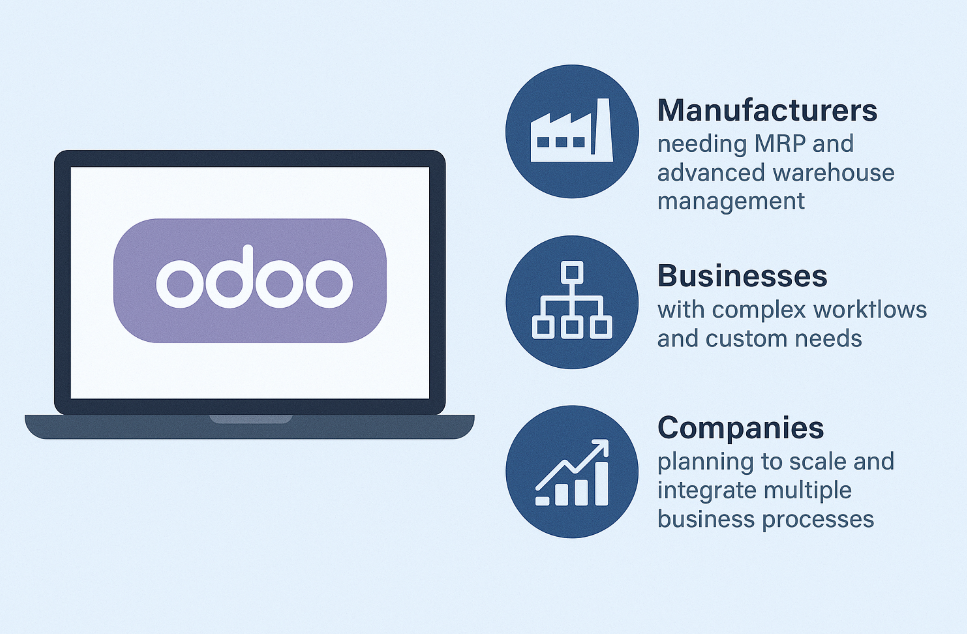The success of your organization depends on having the appropriate inventory management system in the fast-paced commercial world of today. Businesses want strong solutions to manage their inventories, automate procedures, and integrate with other business operations as they grow, optimise operations, and shift to omnichannel sales. Cin7 (previously known as TradeGecko) and Odoo Inventory are two significant participants in this market. The main distinctions between these two platforms, as well as their advantages and disadvantages, will be covered in detail in this article to assist you in selecting the one that best suits your company's requirements.
What is Odoo Inventory?
Businesses can manage complex supply chains, automate workflows, track products across multiple warehouses, and optimise stock levels with Odoo Inventory, which is part of the larger Odoo ERP suite, an open-source enterprise resource planning system that aims to unify every aspect of your business under a single platform. Odoo Inventory is notable for its flexibility, modular design, and close integration with other Odoo apps, such as sales, purchasing, manufacturing, e-commerce, and accounting.

What is Cin7 (TradeGecko)?
Previously called TradeGecko, Cin7 is a cloud-based inventory management system primarily intended for small and medium-sized enterprises, especially those in the retail, wholesale, and e-commerce industries. Cin7 focuses on integrating supply chains, warehouses, and sales channels with inventories. Its multi-channel functionality, integrations with well-known e-commerce sites like Shopify, Amazon, and eBay, and its intuitive interface—which doesn't require a lot of technical expertise—are its key advantages.

Core Feature Comparison
Let's dive deeper into how Odoo Inventory compares to Cin7 across key functional areas:
1. Inventory Management
- Odoo Inventory offers powerful inventory tracking with features like double-entry inventory (everything moves in and out), multi-warehouse management, batch and serial number tracking, advanced reporting, and automated replenishment rules. You can easily set up product routes, define push/pull rules, and automate procurement flows.
- Cin7 provides excellent inventory visibility across multiple sales channels and warehouses. It allows you to manage stock levels, track inventory movements, and handle returns and transfers efficiently. While Cin7 handles multi-channel sales beautifully, its inventory management features might feel more limited compared to the highly customizable and automation-rich Odoo Inventory.
2. Integrations
- Odoo Inventory integrates natively with the entire Odoo ecosystem: sales, purchase, manufacturing, CRM, accounting, e-commerce, and more. Plus, thanks to its open-source nature, businesses can develop custom integrations or leverage a large community of third-party apps.
- Cin7 is designed with built-in integrations to popular e-commerce platforms, marketplaces, POS systems, and shipping providers. However, it may require third-party connectors or additional fees for certain ERP-level integrations.
3. Customization
- Odoo Inventory excels at customization. Since it's open-source, businesses can modify workflows, add custom fields, create automated actions, and adjust reports to meet specific needs. This makes Odoo Inventory ideal for businesses with unique or complex operations.
- Cin7 offers some customization options, mainly around templates and workflows, but it's more of an "out-of-the-box" solution compared to Odoo. For businesses looking for deep customization, Cin7 may fall short.
4. Ease of Use
- Cin7 is known for its intuitive interface, designed for business users without technical backgrounds. Setup is relatively simple, and users can get up and running quickly.
- Odoo Inventory has a steeper learning curve due to its advanced capabilities and customizable nature. However, once configured properly, it offers a much more powerful, tailored experience.
5. Pricing
- Odoo Inventory pricing depends on the number of apps and users you need. While the base software is open-source and free, most businesses opt for Odoo's paid enterprise version, which includes hosting, support, and access to advanced features.
- Cin7 operates on a subscription model, with pricing tiers based on features, number of users, and integrations. While it may seem cost-effective at first, costs can increase as your business scales or as you add integrations.
Pros and Cons
Aspect | Cin7 (TradeGecko) | |
Pros | Highly customizable; modular; integrates across full business suite; open-source flexibility; strong automation. | User-friendly; strong e-commerce integrations; quick setup; good for small-to-midsize businesses. |
Cons | Requires more technical expertise; initial setup can be complex. | Limited customization; can become costly with added integrations; less robust automation |
Who Should Choose Odoo Inventory?
Odoo Inventory is the best option if your company has several divisions (accounting, manufacturing, and sales) and you want a centralised, all-in-one ERP that you can customise to fit your unique processes. Because of its modular design, you may begin with inventory and grow by adding apps as required.
Odoo Inventory is perfect for:
- Manufacturers needing MRP and advanced warehouse management.
- Businesses with complex workflows and custom needs.
- Companies planning to scale and integrate multiple business processes.

Who Should Choose Cin7?
Cin7 is best suited for small to midsize businesses focused on multi-channel sales, especially e-commerce and wholesale. If you need a straightforward solution that connects your online stores, marketplaces, and POS systems without heavy customization, Cin7 offers a streamlined path.
Cin7 is great for:
- Retailers and wholesalers.
- E-commerce businesses.
- Companies needing fast deployment and simple interfaces.
Why Odoo Inventory Stands Out
For companies concerned about securing their operations for the future, Odoo Inventory provides unparalleled depth, scalability, and flexibility. Because of its open-source nature, you can modify the system to suit your changing needs and are never restricted to using a single vendor. Your inventory management will function as part of an optimised, effective operation rather than in a silo thanks to the smooth connection with other Odoo apps.
Why Partner with Moonsun.au?
At the end of the day, choosing the right platform is only half the battle. You need an experienced partner to guide you through implementation, customization, and ongoing support.
This is where Moonsun.au comes in.
As an official Odoo partner in Australia, Moonsun.au has years of experience helping businesses across industries implement tailored Odoo solutions. Whether you're looking for a new deployment, optimization, or Odoo migration in Australia, Moonsun.au ensures a smooth transition and maximizes the value you get from your investment.
Moonsun.au specializes in:
- Odoo implementation and odoo customization.
- Odoo migration in Australia from legacy systems or other ERPs.
- Ongoing support and training.
- Integrating Odoo Inventory with the rest of your business operations.
By working with Moonsun.au, you're not just adopting a powerful software platform; you're gaining a dedicated partner invested in your long-term success.
Final Thoughts
Both Odoo Inventory and Cin7 offer valuable inventory management capabilities, but they cater to different needs and business sizes. If you want a highly flexible, deeply integrated solution that grows with your business, Odoo Inventory—especially when implemented by experts like Moonsun.au—is the superior choice.
Ready to take the next step?
Contact Moonsun.au, your trusted Odoo partner in Australia, to explore how Odoo Inventory can transform your operations and help you stay ahead in a competitive market.